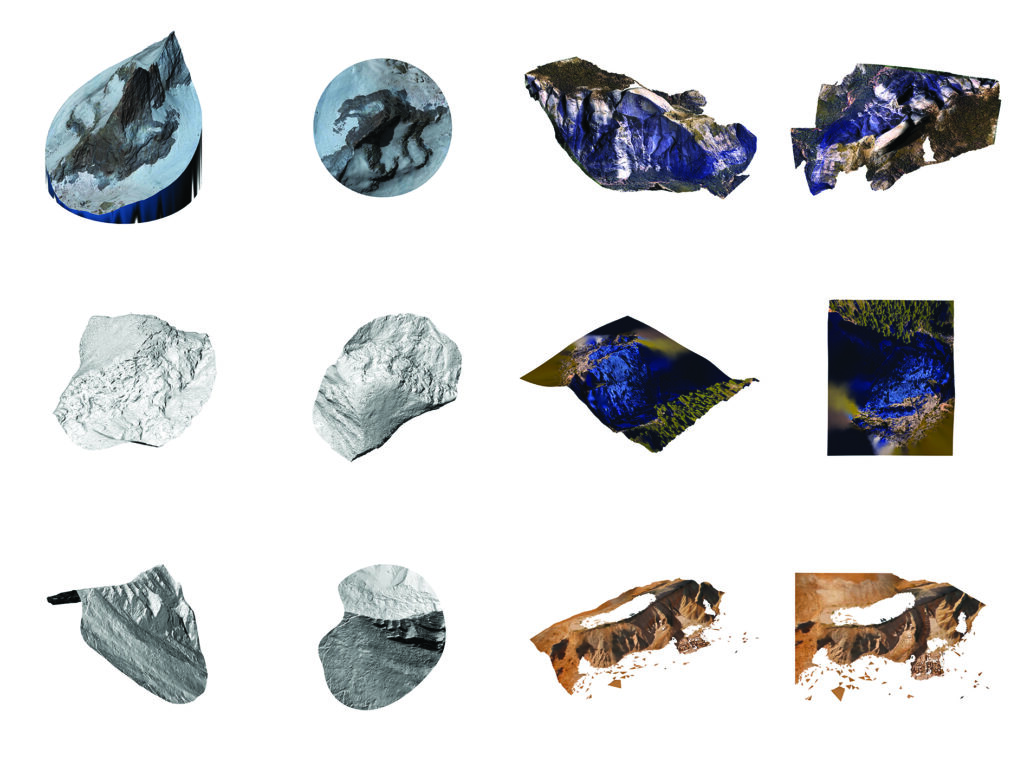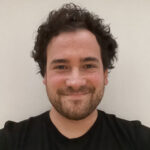
Description:
Required Skills: Interest in conducting rigorous yet agile design processes; eagerness to read architectural form in all materials of study; will to discuss content with no preconceptions about simulation or performativity discourses.
Required Software: Rhino, Grasshopper (Ladybug, Butterfly), Adobe (Photoshop, Illustrator, Indesign)
Required Hardware: Laptop
Maximum number of participating students: 100
Simulation often acquires a benign instrumental role in architecture design. Produced as absolute record of a material property, it is frequently conducted as a verification for a line of argumentation that has its own formal inertia, becoming auxiliary to the process of design. Furthermore, the reading of simulation results is, in this modality of practice, grounded in a mind frame of cause-effect logics, with an ineffable tendency to efficiency and optimization. Why do we try to seek truth in simulation? Even though there have been attempts to free architecture thinking from constructing theorematic rather than problematic frameworks (1), as we become more skilful in the field of the digital, we paradoxically find our practice inclined to naturalize the meaning of analytic material instead of building up problematic readings of the ever more sophisticated architectures of the intangible that result from the models we produce.
In this workshop we will work with simulation as a material to manifest architecture form in nature. To do so, we will trace conditions of comfort in a series of geomorphological models, mountainous formations from different locations across the planet, that have latent formal traits capable to activate architecturalization processes via the simulation of irradiation (heat), illuminance (lux), and ventilation (wind). The dialogue between the model of comfort and the model of formation of the geological artefact will trigger the emergence of architectural form, encapsulating inhabitable spaces, deploying material systems of intensification of singularities in the rocky surfaces, ultimately integrating architecture in the assemblage of continuous geologic formation and environmental change.
If in a ruin vegetation takes over a piece of architecture in the cracks and corners of its decadence, ornamenting and mystifying a model long lost and static, the architecture of conformation is a model of the anti-ruin, and assemblage of dynamic material systems in synchrony. But be aware, this is not a naturalistic model, as it does not try to extract and imitate nature principles, instead, it intertwines with formation processes by evaluating them architecturally, immediately deploying a disciplinary construction as a method to design. This does not mean that the model is vernacular, and nor does it attempt to populate the territory with known typologies as immutable representations of what architecture is. Instead, a conformation is a modality of geological architecture, is the recovery of the intuition of inhabiting earth as an act of pure pleasure.
Methodologically, the workshop has two objectives:
– teach the participants how to use Ladybug and Butterfly as simulation engines from within Grasshopper
– design a material system that integrates organizational intelligence from the formation and environmental simulation of a geological artefact
(1) “Whereas the theorem belongs to the rational order, the problem is affective and is inseparable from the metamorphoses, generations, and creations within science itself.” “the problem is not an “obstacle”; it is the surpassing of the obstacle, a projection”. Deleuze, Gilles, Guattari, Félix. A Thousand Plateaus. Trans. Brian Massumi. (Minnesota: University of Minnesota Press, 1987). Nomadology, Axiom 1, Proposition 3, Paragraph 1
Schedule:
timezone: (GMT) Western Europe Time, London, Lisbon, Casablanca| Start time | End time | Description |
|---|---|---|
| 2022-06-27 - 12:00 | 2022-06-27 - 14:00 | Modelling tutorial / readings on concavity and slope geometries |
| 2022-06-28 - 12:00 | 2022-06-28 - 14:00 | Ladybug tutorial / simulation readings and discussion |
| 2022-06-29 - 12:00 | 2022-06-29 - 14:00 | Butterfly tutorial / simulation readings and discussion |
| 2022-06-30 - 12:00 | 2022-06-30 - 14:00 | Architectural proposal discussions / technical Q&A |
| 2022-07-01 - 12:00 | 2022-06-01 - 14:00 | Architectural proposal discussions / technical Q&A |
| 2022-07-02 - 12:00 | 2022-07-02 - 14:00 | Final Review and Conclusions with invited guests |
Instructors:
 |
Anna Font | Currently reading her PhD at the Architectural Association (London), Anna is an architect for the Universitat Ramon Llull (Barcelona), and Master in Architecture II for the Harvard University Graduate School of Design (Cambridge, MA). She teaches at the AA (London), and at ETSALS (Barcelona). Anna has been visiting professor at the Escuela de Arquitectura y Estudios Urbanos of Universidad Torcuato Di Tella (Buenos Aires) from 2012 to 2021, where she founded the publication Archivos de Arquitectura. Her practice seeks to expand the potentials that result from the convergence of computation and critical thinking, developing design methodologies and discursive frameworks that can contribute to speculate and theorize the continuous transformation of architecture as material practice. |
 |
Andrew Pringle | Andrew Pringle Sattui is an architect for the Universidad Torcuato Di Tella (Buenos Aires, Argentina 2014), where he has taught Thesis together with various undergraduate courses related to computational thinking and design (2015-2021). He is co-editor of Incontinente, o cómo hacer un Proyecto Tesis (Archivos de Arquitectura, 2021), with Ciro Najle, and has collaborated in the production of the books The Generic Sublime (Ciro Najle, Actar, 2016) and 08 Symmetry Archives (David Salomon, Archivos de Arquitectura, 2018). He is developing his thesis Megaelements, for a master’s in History and Theory of Architecture, an investigation on modern architecture’s elements as technological lineages and assemblages as an alternative to the historical model of research through canonical buildings. |
Disclaimer:
All workshops will accept 100 applications MAX.




